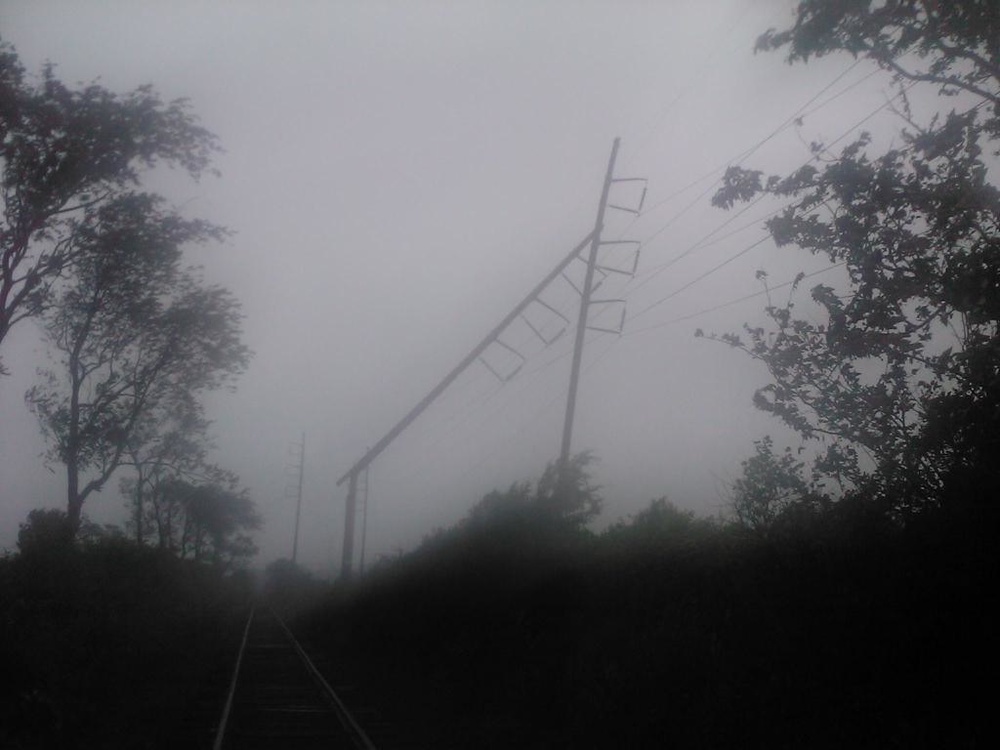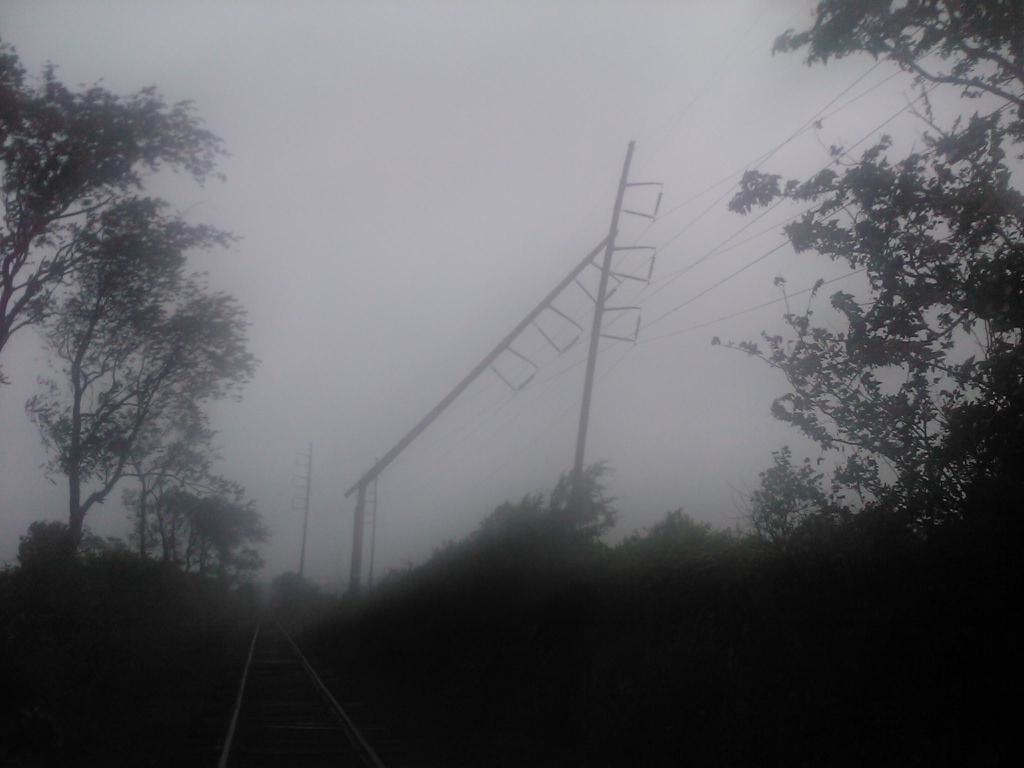
I also wanted to say that you guys have been great with the social media -- your Facebook and Twitter accounts have been SO helpful and full of info throughout this whole ordeal and you should be commended for that!
-Utilty customer affected by power outage during Hurricane Irene-
Hurricane Irene caused severe damage – not only to the landscapes of the mid-Atlantic and New England, but to the reputations of utility brands scrambling to get affected customers the information they needed immediately.
Only when we’re in the eye of the storm do we realize how important it is to provide the most basic of information to our customers – to help them in their time of crisis and need. In these circumstances, customers don’t have the patience for corporate-speak or marketing messages – they want help, a sounding board, a trusted friend.
That’s you.
Fortunately, social media and digital channels afford brands an incredible one-to-one and one-to-many two-way connection with customers. And, for those customers who lose power, it is perhaps their only connection to the outside world.
We recently weathered such a storm with one of our utility clients. What we learned we share with you here.
- Communicate Your Preparedness. All internal teams have met and you’re all systems go with a plan to handle the worst any storm brings – but have you let you’re customers in on it? Don’t wait until the storm hits to let them know you’re ready; instead, reach out early to educate them and let them know you have them covered – come rain or come shine. You could even ask your customers for their feedback – is there anything you’re missing that’s important to them?
- Promote Your Channels. When you spread the word about your plan of action, also be sure to communicate how customers may connect with you during the storm. We recommend, in addition to a call center, providing mobile, web, email and social media options. Set expectations for what kinds of information customers can expect at each touch point. Manage expectations at the outset to ensure a positive customer experience throughout.
- Empower Your Social Media Team. The team tweeting, posting to Facebook and uploading video to YouTube is the voice of your brand during a crisis. They are accessible to any customer at any time. Ensure that you invite your social media team into your communications team’s inner circle and make the message approval process efficient. Knowledge is power. Arming your social media team with the best and most recent information will ensure they are ready to handle any customer question.
- Be There 24/7. In a time of crisis, there is nothing more important than simply being there. Customers will ask questions at all hours of the day. Remember, for them the crisis is front-and-center: they may not have running water, they may be going on five days without power. Ensure that your social media team is ready to cover day and night shifts, or set expectations for the hours during which you will be available for live access (It’s OK to let your employees sleep when they’re in it for the long haul!). Your responsibility is to reach as many affected customers as possible. A personal connection between customer and brand is critical.
- Paint a Picture. When people lose power, they also lose access to TV and Internet media. They may be literally in the dark when it comes to understanding what’s happening in the outside world. Provide photos and video to provide them with context for the severity of the situation (But not too many – you don’t want to overdo it and offend customers who already know how bad it is). Be their news source.
- Make it Mobile. If your customers lose power, chances are good they have also lost Internet access. Their only connection to the World Wide Web is on their mobile device. Make sure they can access your website and any pertinent outage and restoration information there. Also consider launching a mobile text program to provide alerts to your customers throughout the crisis.
- Put Yourself in Your Customers’ Shoes. Understand where they are coming from. Feel their pain. Then, act on that. Don’t simply provide ETR updates, provide resources for them – whether that’s a listing of where they can recharge their cell phones, get a hot shower, access dry ice or benefit from community resources. Be human – because your customers will be and they’ll treat you as such. The power is in their hands, too.
- Reach Out to Key Stakeholders & Influencers. Politicians and local leaders may see your crisis as an opportunity to grandstand. Or, they may simply have questions about how you’re conducting your effort. They say vote early and vote often – well, invite them in and invite them in often. Let them know what you’re doing so they may properly interact with their constituents – your customers.
- Prepare for the Worst. Be ready for the tough questions. Your customers will ask them whether you like it or not. Work with your public relations team to develop language to answer the tweets and Facebook posts that will come streaming in. The best defense is a strong offense. And, done well, you won’t sound defensive.
- Celebrate Success. As you restore power to your customers, celebrate it by posting it to your social channels and via web and mobile channels. However, watch your tone of voice: be straightforward; customers waiting to be restored may develop angst when they see other customers being restored before them.
A great example of an integrated social media, web and mobile effort is the American Red Cross. Check out their website for inspiration
You may follow our client National Grid on Twitter at www.twitter.com/nationalgridus and www.twitter.com/ngpowerofaction to see our real-time communications effort.
Are you ready to weather the storm? If not, please talk to our social media team. We’re here to help you. Contact us.

